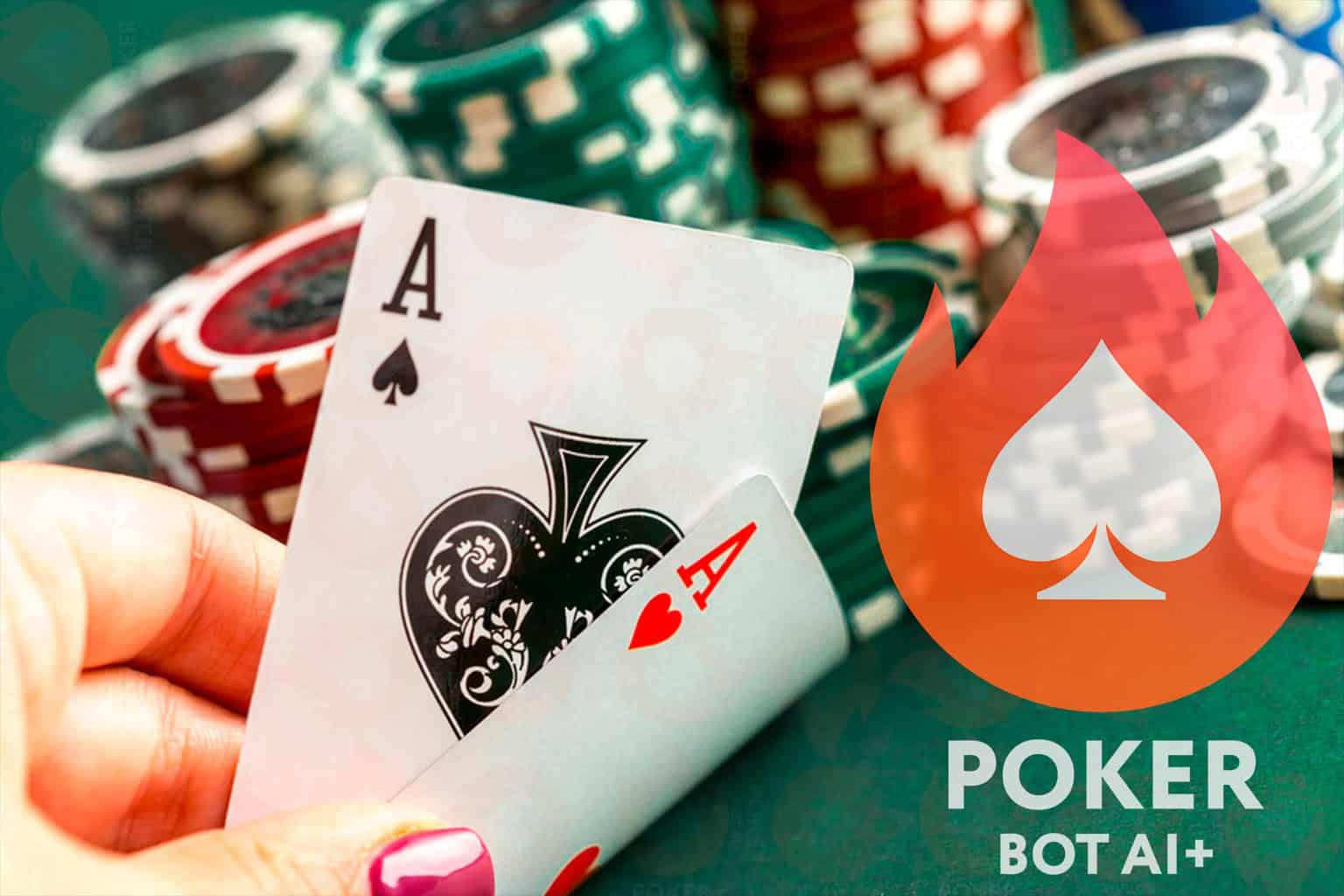
The Russian AI Bot That Redefined Online Poker
This is the most unusual poker story I think I’ve ever heard begin in Siberia. Yet, that is exactly where the seeds for Russia’s first AI bot experiments in online poker began. In a cold dorm room in Siberia, a group of math and physics majors combined their love of pasta with their desire to create a poker-playing system. If you won a hand, you ate pasta. If you lost, you stayed hungry. This was the humble beginnings of Bot Farm Corporation, and although nobody realized it at the time, it was the launch pad for the Russian AI bot movement.
As we know, myth usually develops after the money starts rolling in and newspapers report on the “Russian bot army that destroyed online poker”. But the origins are just as important, because they tell you what type of machine you have. It wasn’t Silicon Valley optimism or academic funding from Carnegie Mellon. It was hunger, competitive drive and the strange mix of ingenuity and cynicism typical of Russians.
Dorm Rooms Become Bot Farms
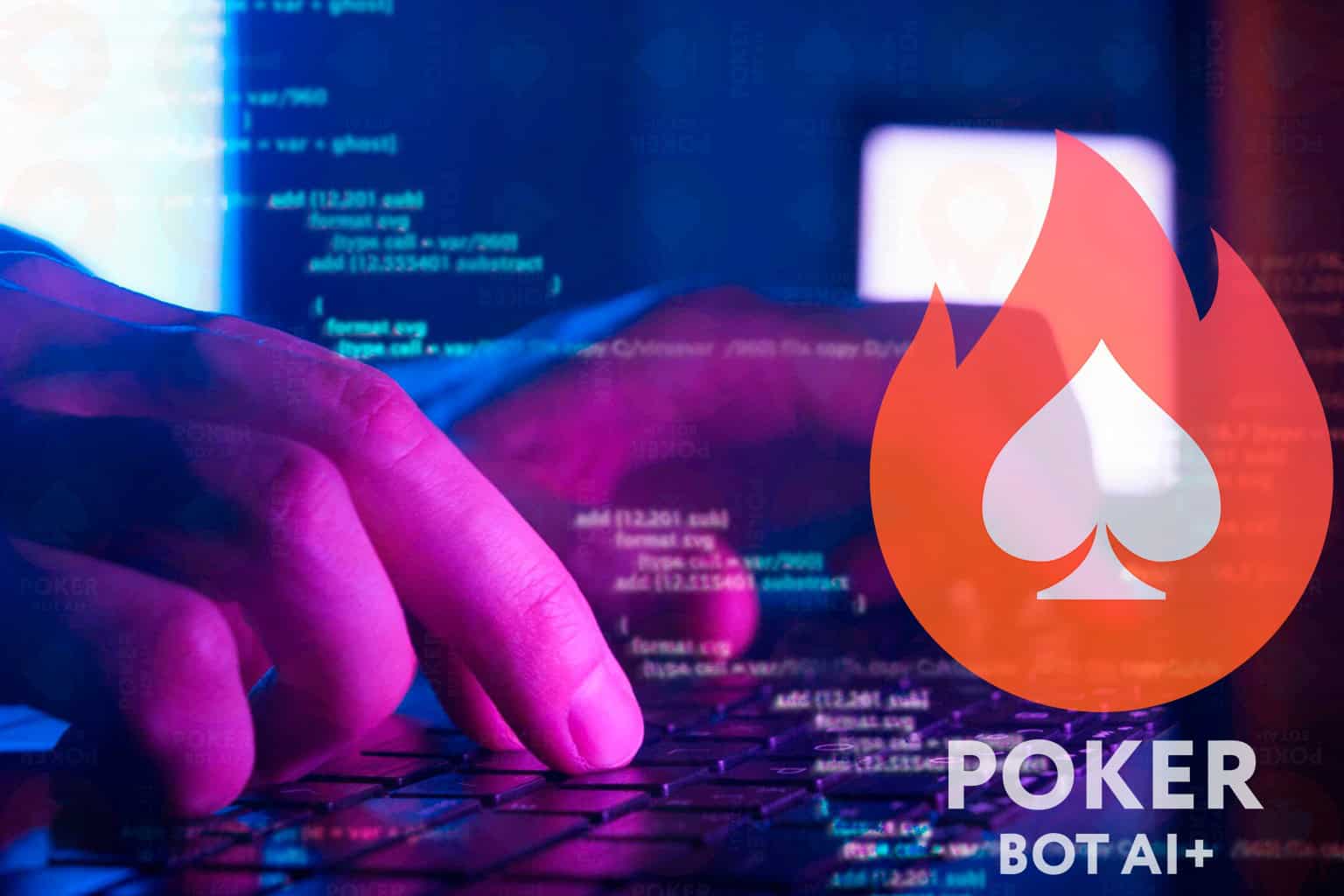
By the middle of the 2000s, these students had morphed into a larger entity, and Bot Farm Corporation (BFC) had started to test earlier versions of their software on real poker sites. While the first generation of their bots were primitive – rule based and inflexible – they still managed to beat the small stakes poker sites on a regular basis. With each passing month, the addition of neural networks and machine learning caused their bots to begin to adapt. Their bots were no longer simply copying what humans did – they were learning.
I have read many of those early logs from the bot tests. The bots made the same mistakes that humans do. They overcalled flush draws, bluffed too aggressively on the turn and called too wide from the blinds. However, each mistake was a step forward. By the early 2010s, BFC’s bots were earning millions of dollars a year. Those early successes showed how quickly a Russian AI bot could dominate an ecosystem of online poker.
They were no longer curiosities. They were predators lurking among human players. And you could sense when a human player was competing against a bot. The timing of their bets seemed almost too good to be true. The bet sizing was perfectly balanced. It was not paranoia. It was pattern recognition.
Stealthy Tactics of Russian AI Poker Bots
Each poker site claims to detest bots. Each bot developer claims that he or she is attempting to remain hidden. It is that space where the Russian AI bot arms race exists.
PokerBotAI doesn’t only decide what to do. It thinks about the decision-making process the way a human does. PokerBotAI will bluff a little too frequently, mis-click every once in a while, chat with you as if it were another human, will fake GPS signals, rotate IP addresses, even generate fake smartphone fingerprints to appear as if you’re using a battered Samsung phone in Moscow, rather than a server farm in Novosibirsk.
I have seen a transcript previously of a bot short-chatting with an administrator during a session with a, “gg” before continuing to balance its three betting range. Creepy? Yes. But effective? Most definitely.
The Science Behind the Curtain
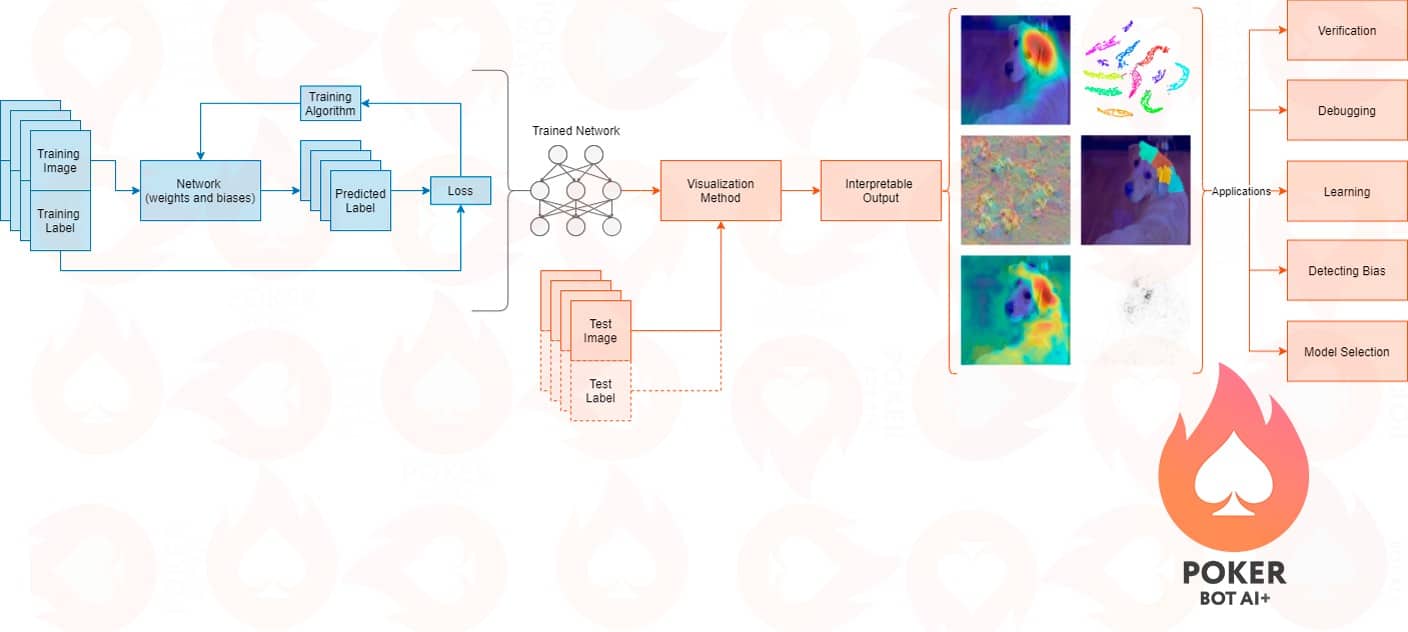
Behind the cloak and dagger, the Russian AI bot is an example of machine learning at work. Neural networks processing tens of billions of hands. Hidden layers analyzing frequencies of bet sizes. Output layers generating probability estimates for fold, call, raise.
Add in reinforcement learning loops; in self-play simulations and Monte Carlo rollouts to address uncertainty; in opponent modeling – grouping players by aggression factor, fold to c-bet ratio and showdown frequency. The outcome is not magic. It is statistical analysis with teeth.
Unlike Libratus or DeepStack, which require massive CPU arrays to function, Russian bots operate on standard consumer-grade hardware. That efficiency is their subtle genius: world class AI strategy on a home computer.
Economic Impact and Industry Ripple Effects
By the mid 2010s, Russian poker bots were no longer side projects. They were constructing the online poker economy. BFC was reportedly producing over $10 million per year in peak revenue. PokerBotAI.com took the mantle, selling their technology to grinders, clubs and possibly even operators.
You may disagree whether bots are fair, but you can’t ignore the data. The online poker market was estimated to be worth $6.27 billion in 2025 and is forecasted to grow to over $22 billion by 2034. Bots aren’t going away in that space. They’re proliferating. And for any operator, the choice comes down to banning them, tolerating them or making a behind-the-scenes agreement with them for liquidity.
I’ve heard rumors of “liquidity bots”, accounts that sit down at a table not to win, but to ensure the game remains liquid. Odd when the fine line between security threats and business partners becomes blurred.
Online Poker vs. Russian AI Bots
What does it feel like to compete against a Russian AI bot? It feels like competing against a player that never tilts. Never mis-counts his hand. Always remembers the math. Russian AI bots c-bet the optimal amount. Barrel the correct number of streets. Find the fold when you desperately need a call.
However, Russian AI bots also exhibit human error – albeit very minor. Small human errors – because perfect play is always suspect. A late c-bet. A lazy call. And that’s what drives you crazy. You start questioning every single line. Was that a smart reg, or was that software?
On occasion, you learn only when the operator bans half your table the next day.
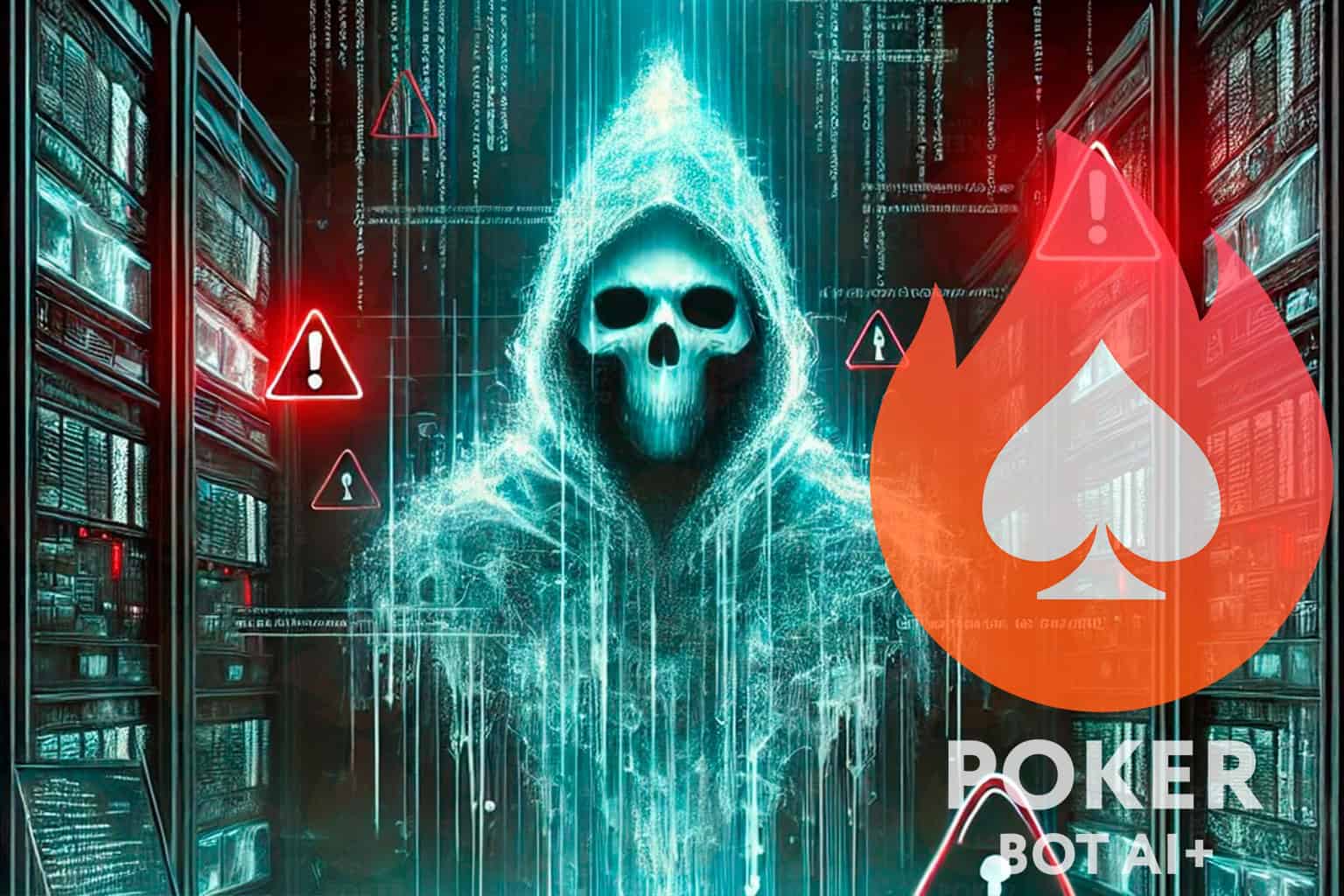
Unusual Charm of It All
There is irony here. Poker is ultimately a game about reading human weakness. Now, for the most part, it is a game controlled by machines programmed to pretend to be weak. Russian bots don’t smile; don’t offer you vodka at the table; don’t swear when the river hits. But they win. Again. And again.
Perhaps that’s the strangest aspect of this entire phenomenon. What you see happening here is persistence – and it is persistence despite all the hype surrounding the advancement of AI. It is the ceaseless iteration of the Russian AI bot that keeps this phenomenon alive in online poker today. Year upon year of iteration. Error built-in to subsequent releases. Continuous testing. A group of starving students in Omsk that converted pasta into poker logic, and poker logic into a software that terrified the world.
